From time to time we get some pretty cool bikes that come across our store that are for sale. Here is one I want to share , A customer walked into the showroom and said he had an old Yamaha he needed to sell because he was moving to Las Vegas. I took his information and went over to his house that night and there it was, 1982 Yamaha SECA 550, this thing is mint condition and has only 1776 miles on it the rest is history. I couldn’t get the cash out of my pocket fast enough, so I am now the new owner of this 550 SECA. I am going to keep this one in my own personal collection.
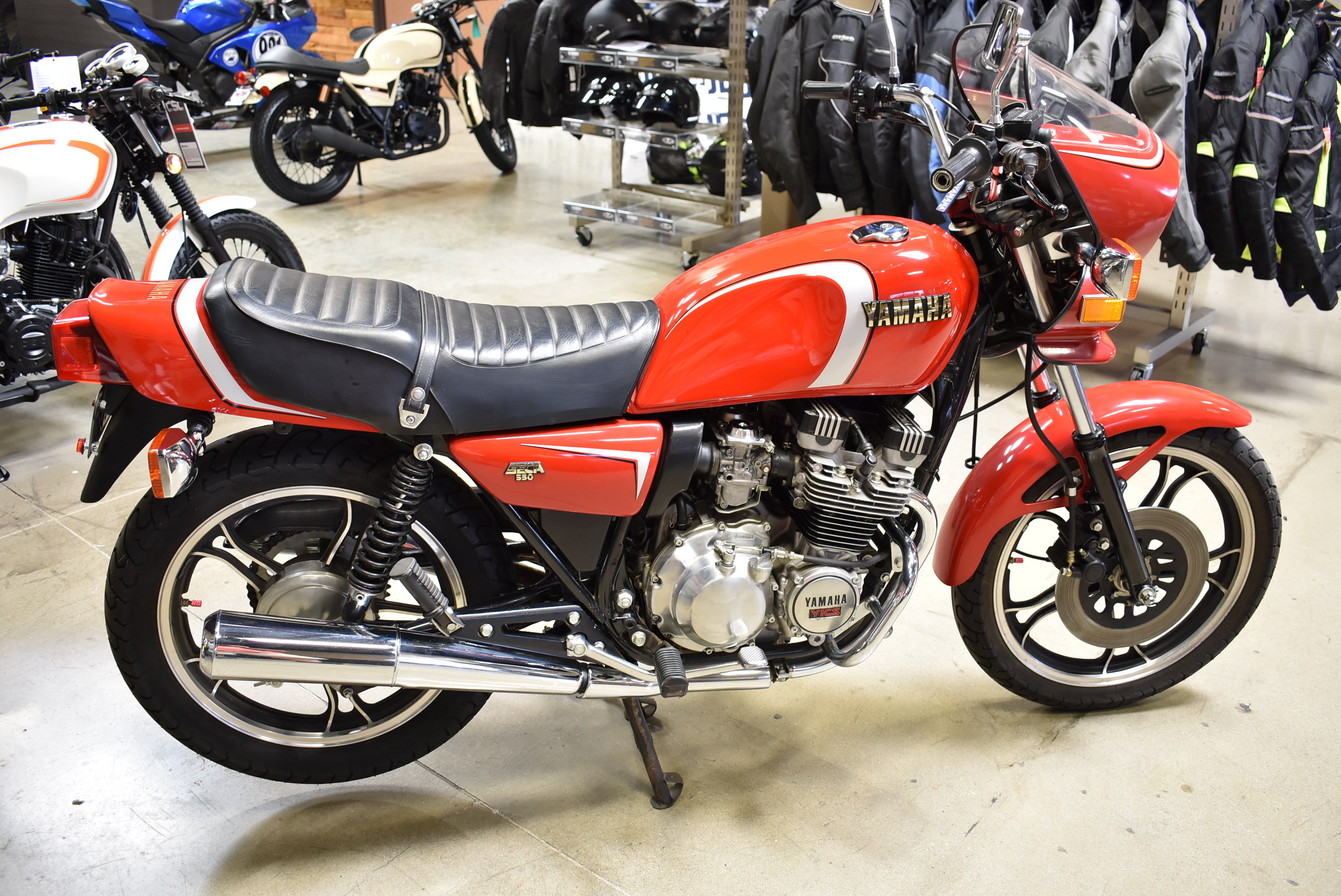
Yamaha XJ550 Seca
Claimed power: 50.46hp (rear wheel) @ 10,000rpm (period test)
Top speed: 110mph
Engine: 528cc air-cooled DOHC inline four
Weight: 424lb (with half-tank fuel)
Price then/now: $2,529/$1,300-$2,700
If the test of a good design is longevity, the XJ engine line must be considered one of the best. In continuous production from 1980 to 2008, the air-cooled, eight-valve DOHC inline four has been available around the world in 400, 550, 600, 650, 750 and 900cc form.
The first XJ was the 650, launched in 1980, with the 550 joining it a year later. More than just a 650 on a diet, the Yamaha XJ550 Seca was essentially all new.
Unlike the 650, which used gears for primary drive, the Seca 550 crankshaft drove a hydraulically tensioned Hy-Vo chain to a jackshaft carrying the clutch and alternator. The jackshaft provided gear drive to the 6-speed transmission, which, unlike the stacked shafts of the 5-speed 650, was laid out horizontally. And while the 650’s final drive was by shaft, the more sporting 550 used a chain. A conventional steel tube frame and swingarm ran on cast alloy wheels fitted with a single front disc brake and rear drum. Also conventional was the non-adjustable front fork, with dual shocks (adjustable for preload) at the rear.
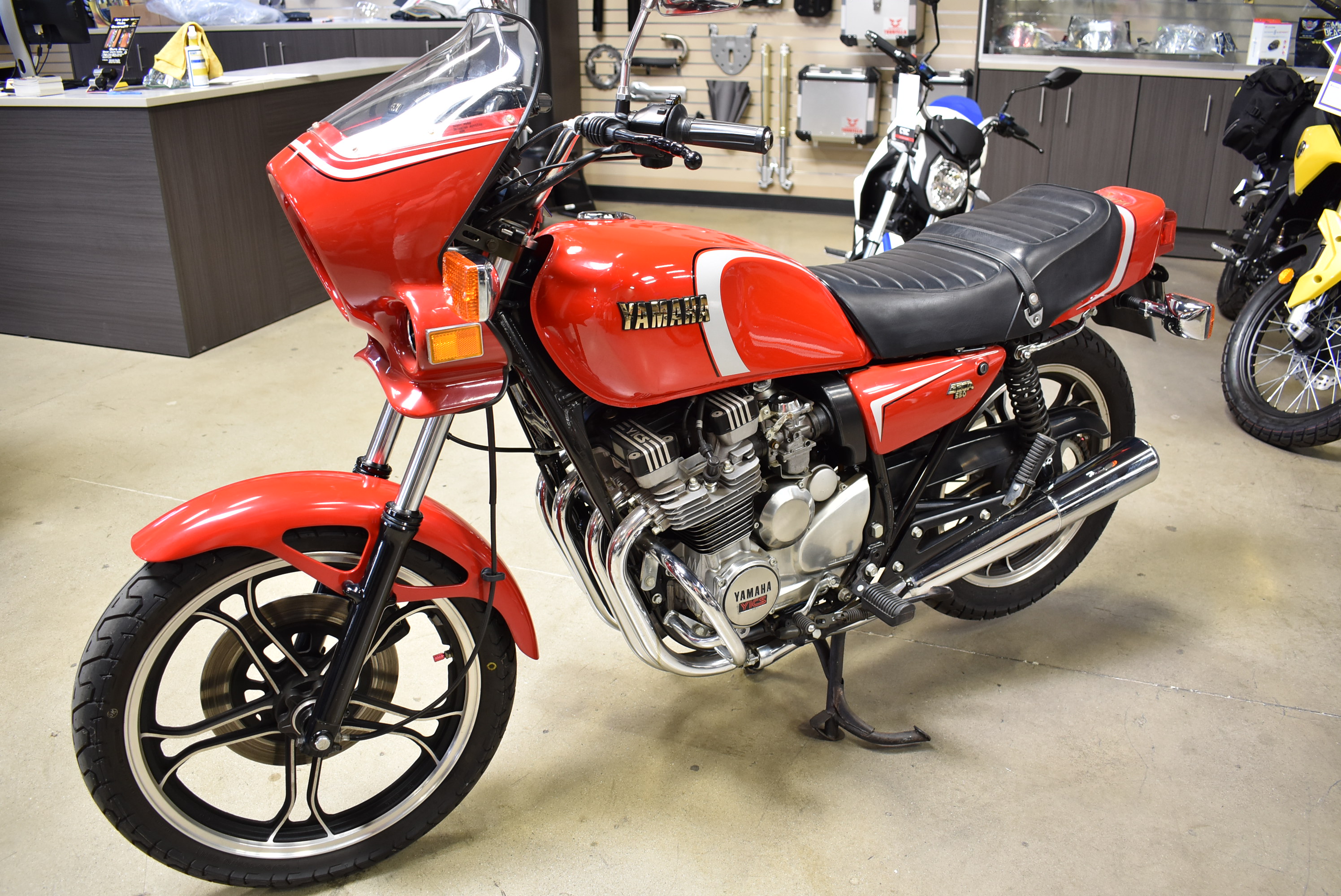
The novel cylinder head design featured Yamaha’s YICS induction control system. Cast into the head was a second, smaller set of intake ports connected across all cylinders, so that each cylinder received two simultaneous charges of fuel/air mixture — one from its own intake port, and one at much higher velocity from the YICS “sub-intake” port positioned just above the valve head. The idea was to create extra swirl in the combustion chamber and therefore more efficient combustion. Did it work? The Seca 550’s test fuel consumption of 53mpg suggests it did.
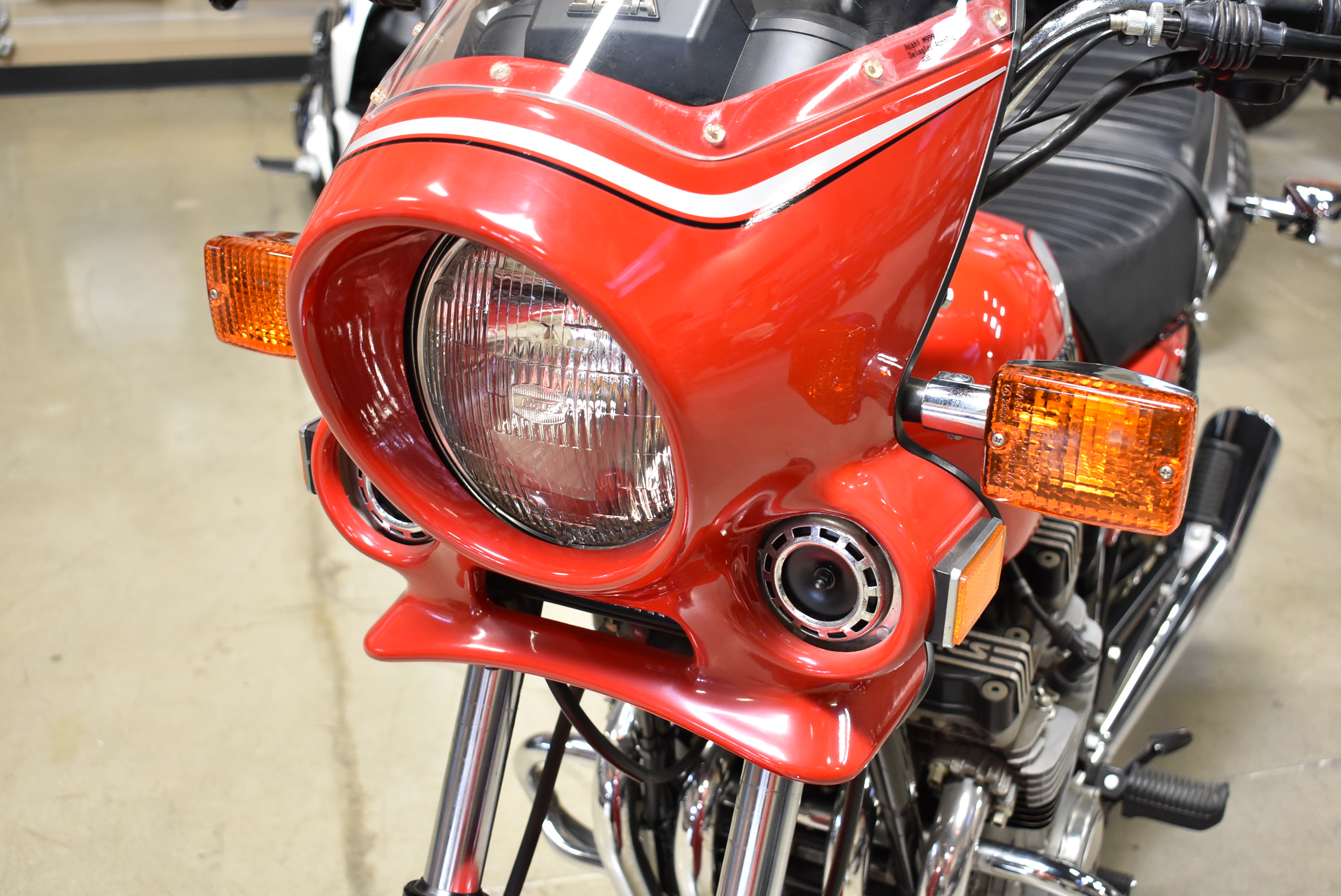
The Yamaha XJ550 Seca was also well-equipped, with features you’d expect only on bigger, costlier bikes: self-canceling turn signals; a clutch/neutral electrical interlock that prevented the Seca being ridden away with the sidestand down by killing the engine if you shifted into first before lifting the stand (routine now, but new at the time); an adjustable front brake lever; and a warning light that showed low oil level rather than low pressure. The idea was that the owner got a warning to top up the oil in the wet sump before it got so low that oil pressure was lost — a potential engine-saver.
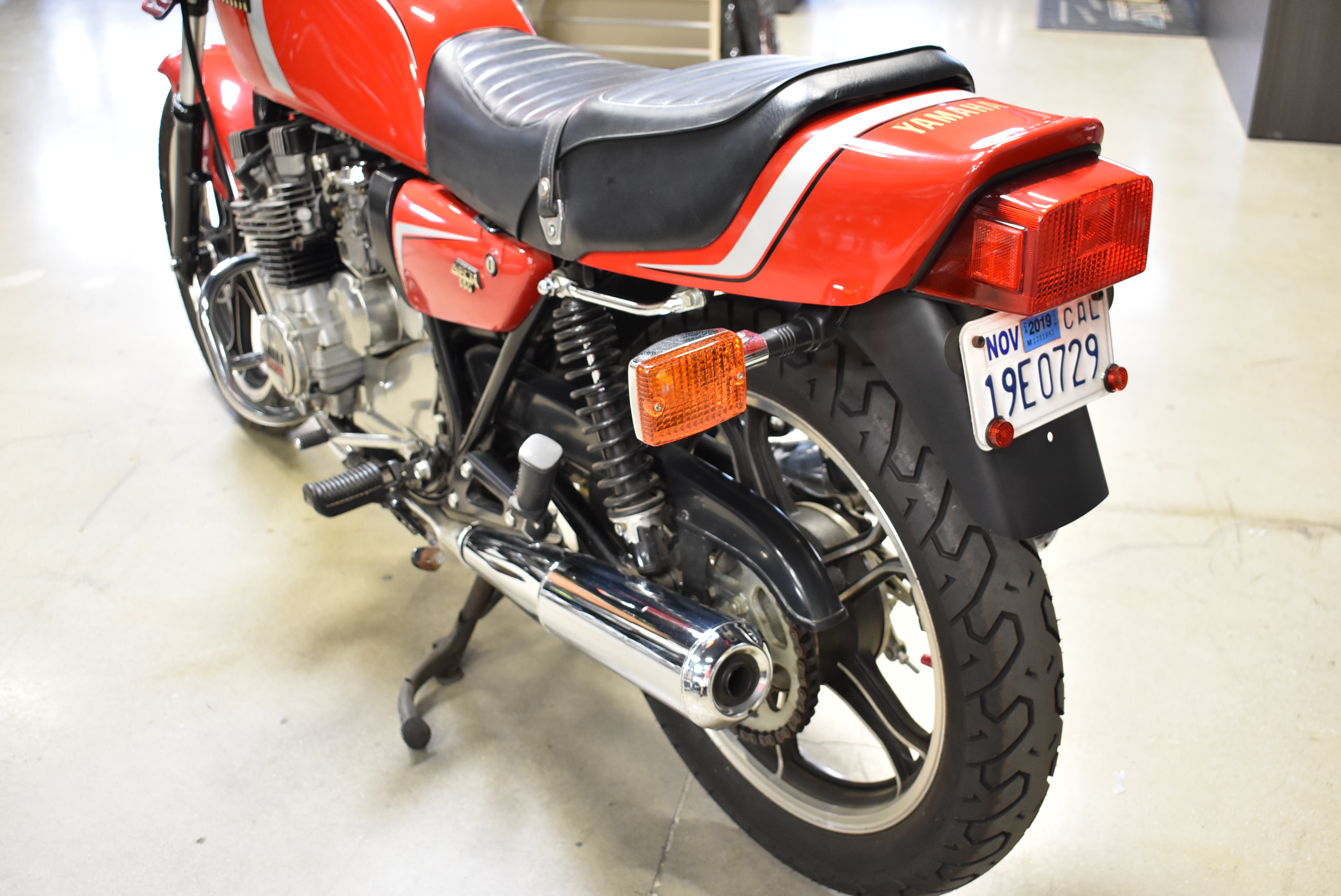
The Seca 550 punched above its weight on the strip, too. Period tests achieved standing quarter-mile times below 13 seconds and a top speed of 110mph. That kind of performance was 900cc Superbike territory a decade earlier. Power delivery was progressive, but with a real rush over 6,000rpm and with power peaking at 10,000rpm. So the engine liked to be revved, but it was also reported to be docile in traffic.
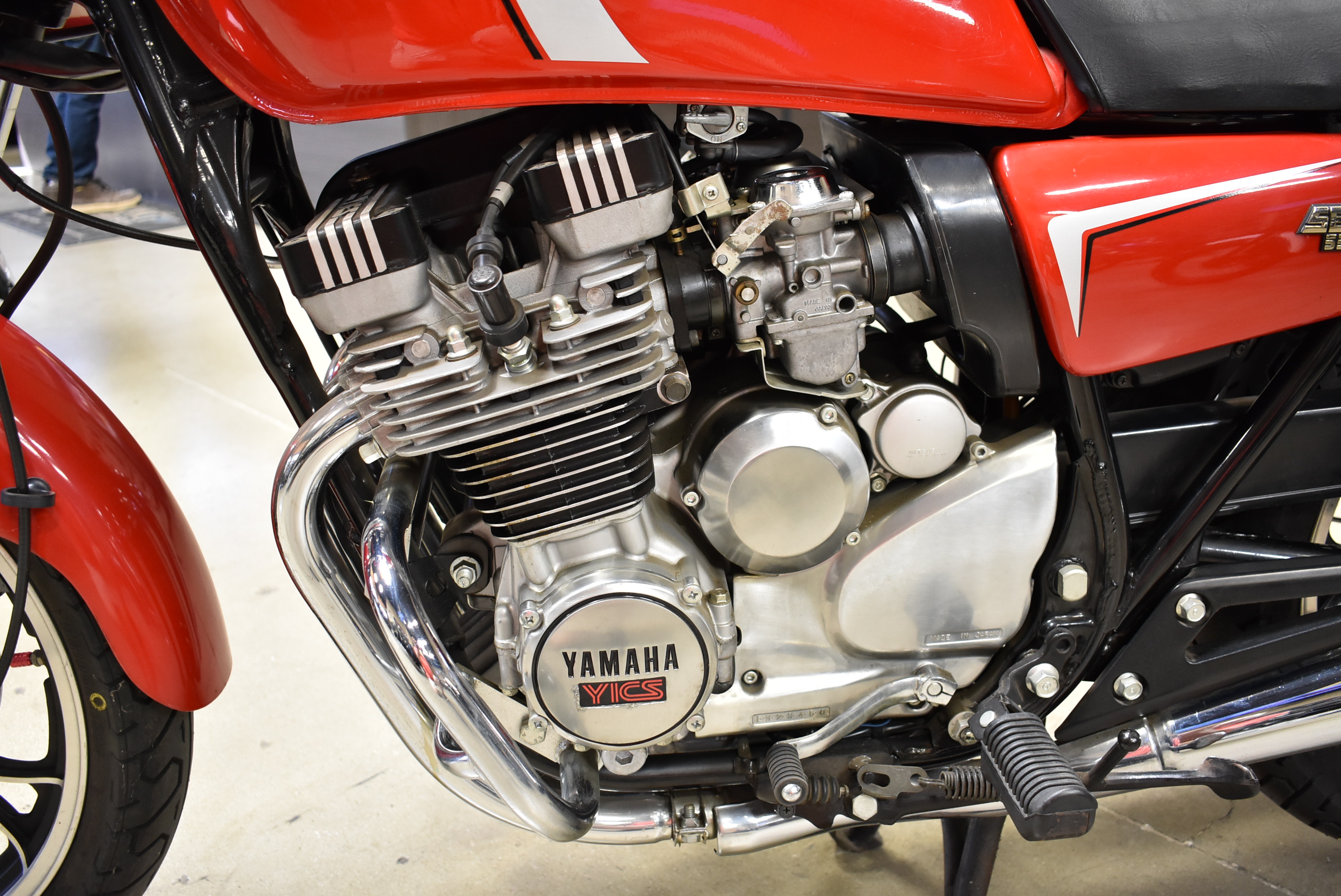
On the road, the Seca 550 was smooth in operation with a large, comfortable seat, light controls and the ability to spin along easily at highway speeds. It made a useful tourer, too: both the seat and the gas tank were good for at least 150 miles. That said, the suspension worked better for solo riding than two-up. Steering and handling were sporty rather than racy, with a fairly fast 27-degree rake, but the undercarriage would ground well before tire traction ran out. Though quicker around the track than many competitors, the Seca had to concede top class honor to the tauter, more powerful GPz550.
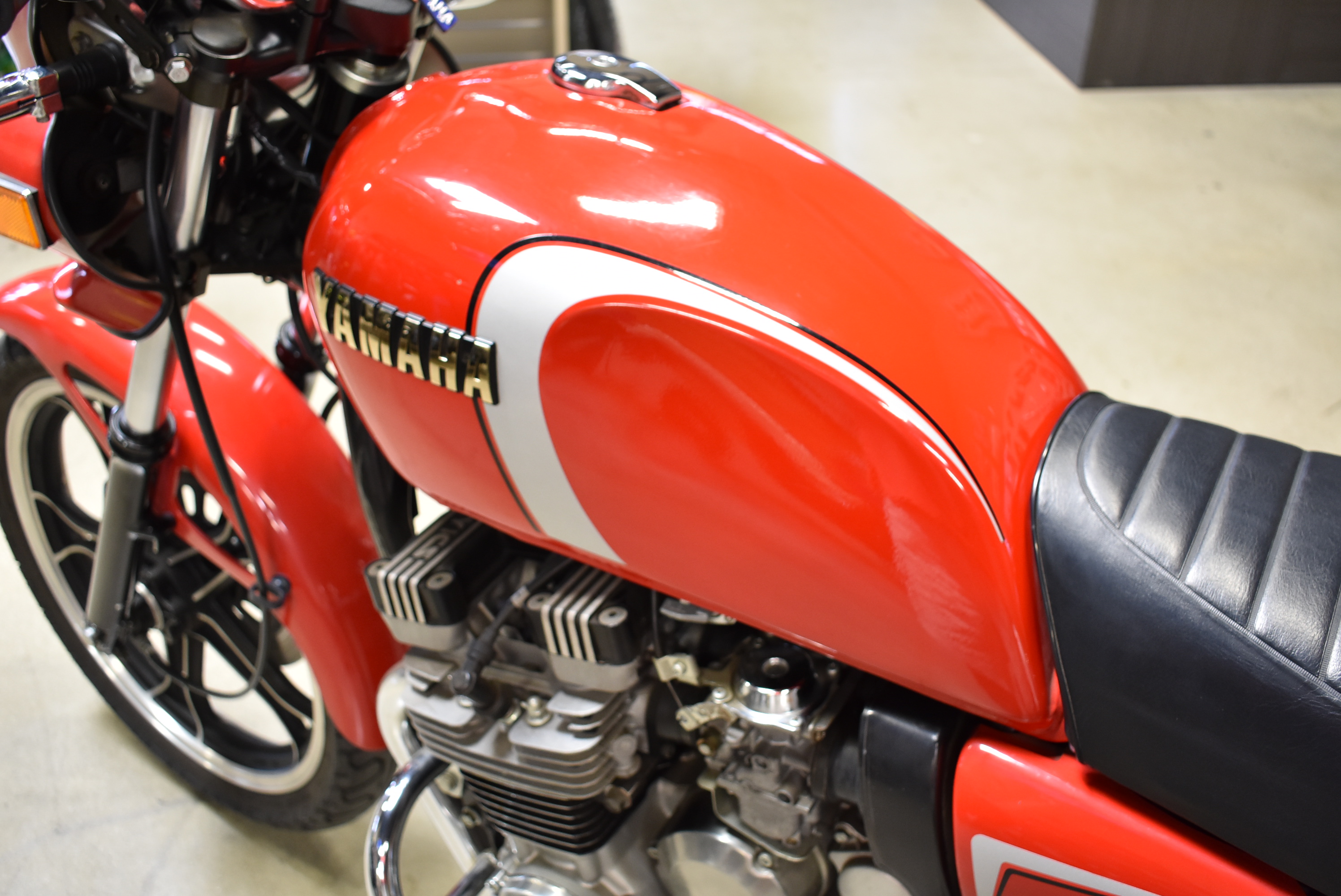
But the charm of the Yamaha XJ550 Seca lay in its good-natured rideability, lively performance, quality construction and grin factor. Said Cycle World in April 1981, “Around here … the test bike didn’t wait long. Someone was always ready to ride it away.” Added Rider in its May 1981 report, “The Seca 550 is an exciting motorcycle. There’s no need to qualify that with ‘for a 550’ or ‘for a bike this size.’ It goes great, stops well, handles sensationally and is easy to live with day to day.”
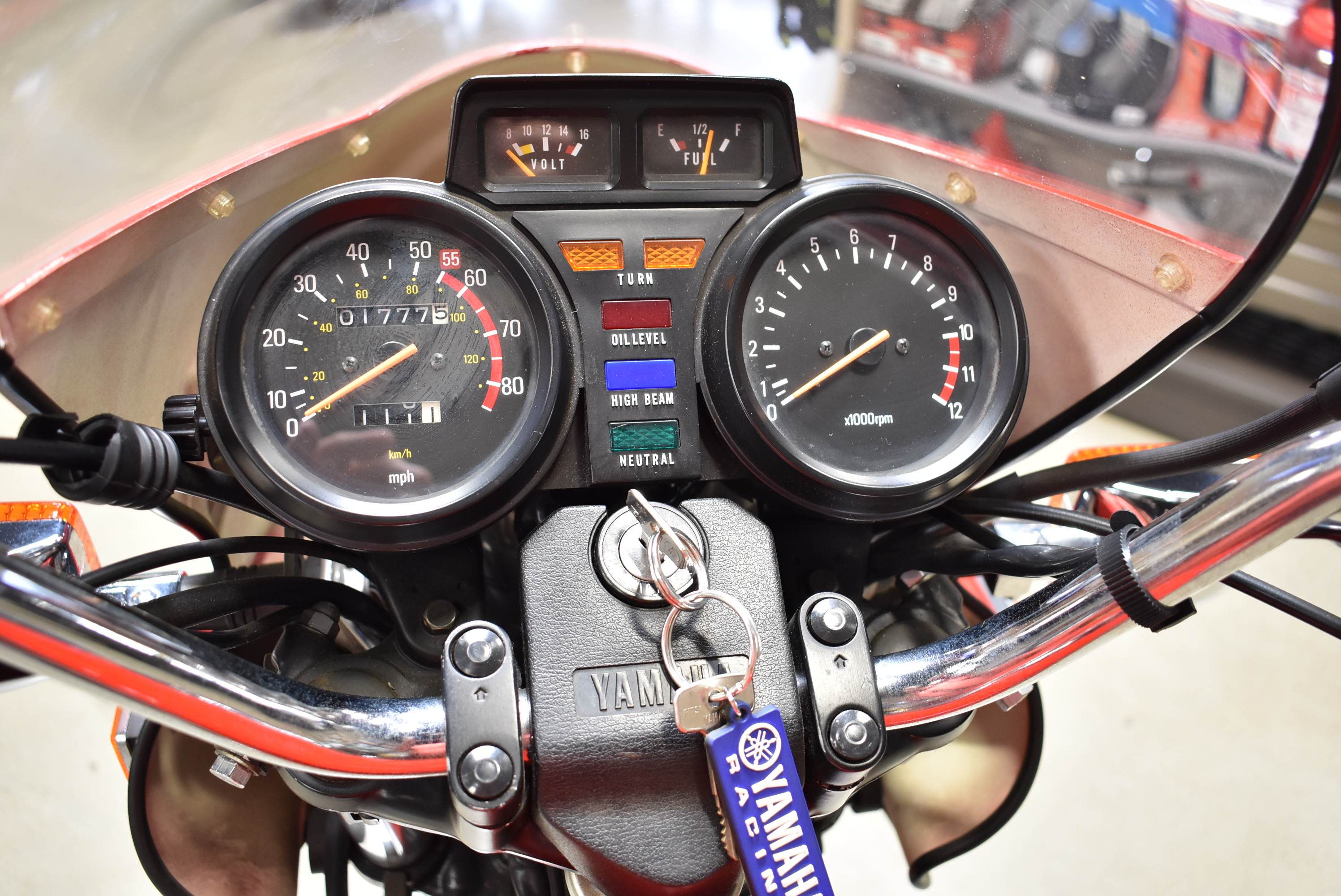
A good recipe then, and still a good recipe today.
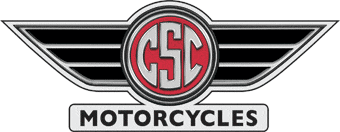





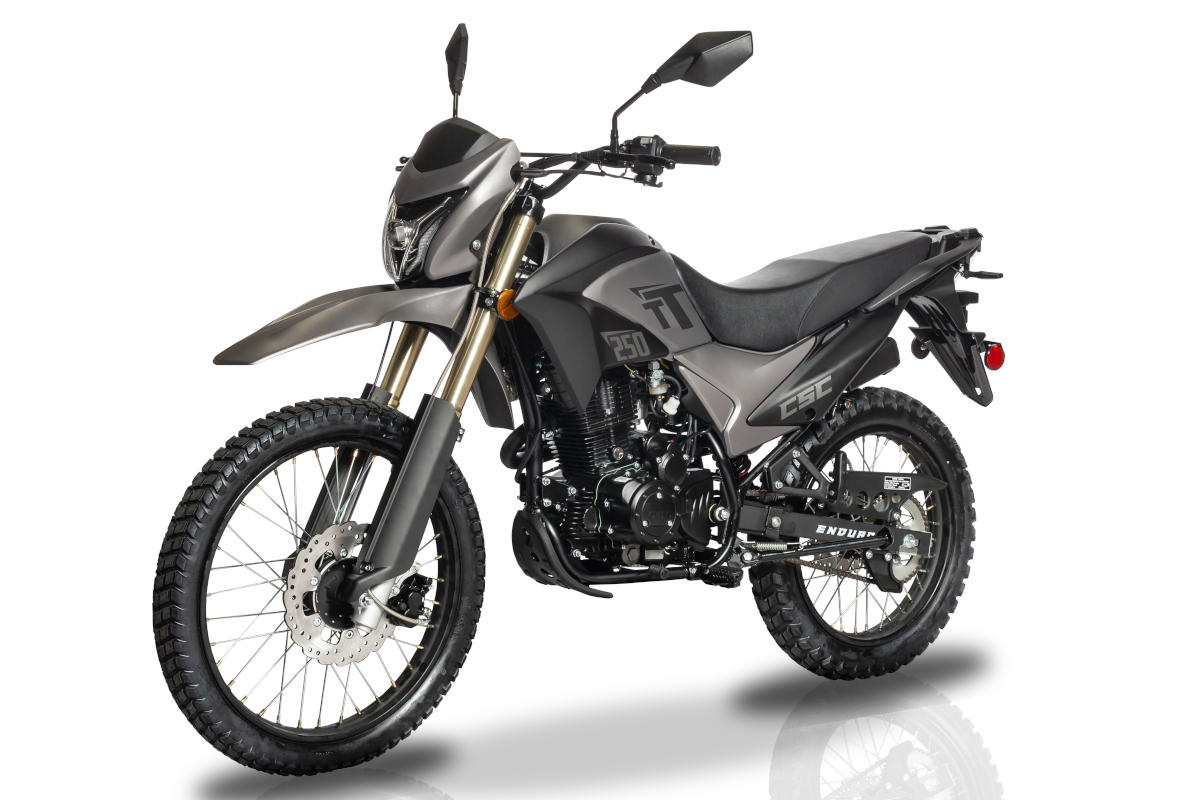 TT250 Enduro
TT250 Enduro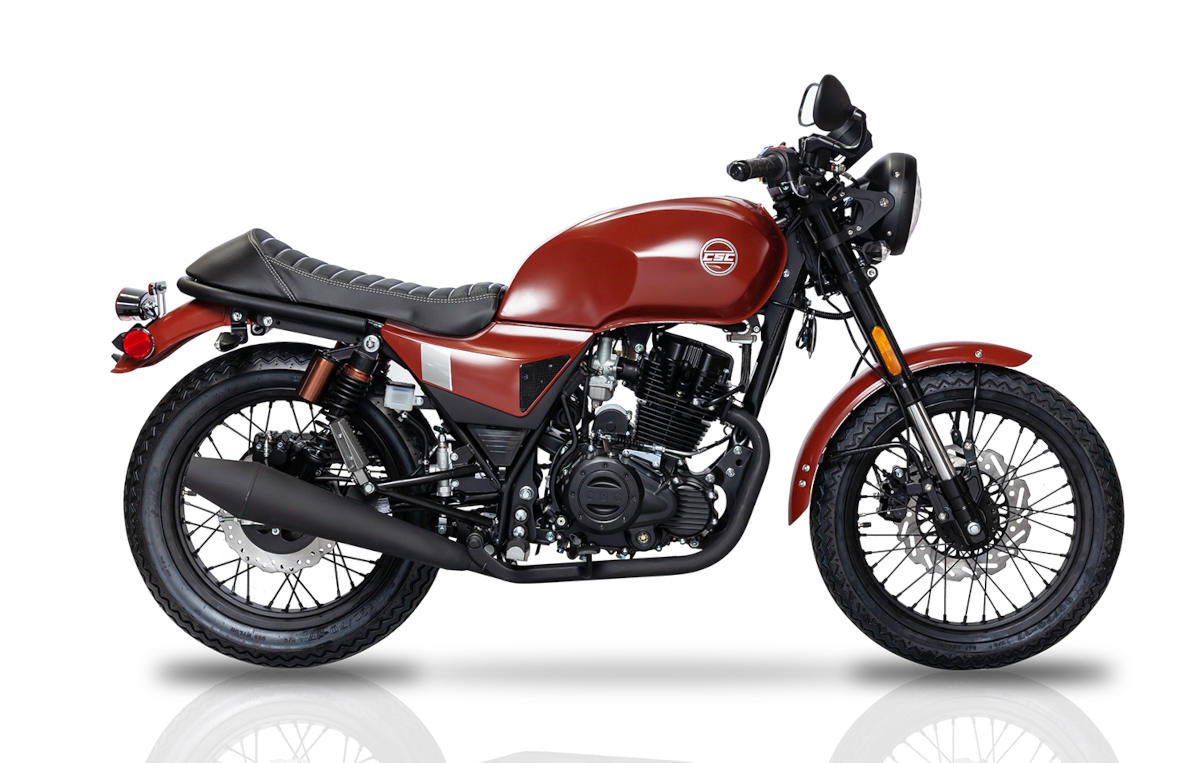 SG250 San Gabriel Cafe Racer
SG250 San Gabriel Cafe Racer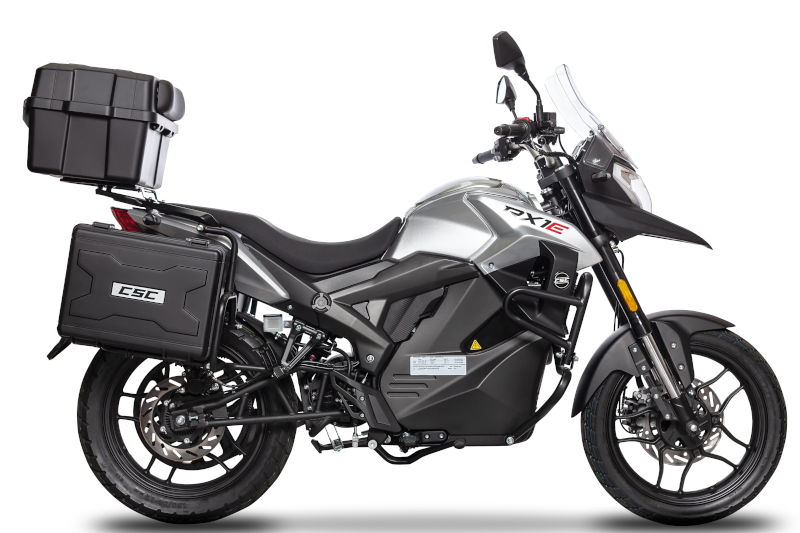 RX1E Electric Motorcycle
RX1E Electric Motorcycle